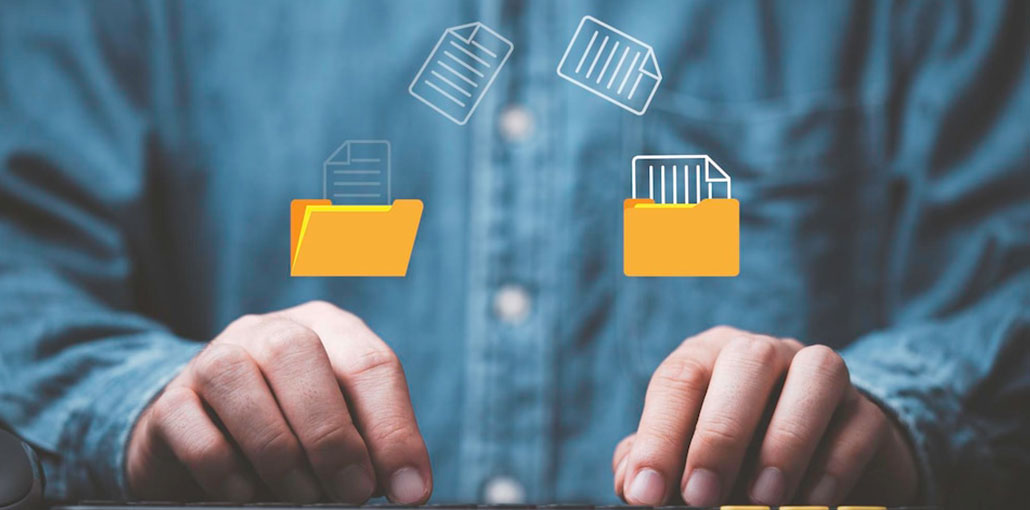In an era where the click of a button can send terabytes of data across the globe, the safety of digital transfers has catapulted from a tech-geek sidebar to a frontline business necessity. As commerce, communication, and collaboration increasingly hinge on the exchange of digital assets, a casual attitude towards this part of business hygiene is like leaving the vault door ajar.
No need to worry though because securing your digital transfers doesn’t have to be the equivalent of learning rocket science. Instead, it’s about smart practices, the right tools, and a vigilant mindset. Whether you’re a startup founder, a freelancer, or part of a multinational corporation, these essential steps can safeguard your data during its digital voyage.
The Foundation of Digital Transfer Safety
Before you can protect your data, you must understand what you’re up against. Cyber threats have evolved from the mythical mischief of lone hackers to sophisticated cybercrime operations. Malware, phishing attacks, and interception are just the tip of the iceberg. The first step in safeguarding your data transfers is to educate your team about these risks. Regular training sessions, updating security protocols, and creating a culture of security can dramatically reduce vulnerabilities. These habits help not only the tech team but also anyone else with access to your company files and systems. Remember, a chain is only as strong as its weakest link, and in digital security, the human factor often is that link.
Also read: 3 Easy Ways to Repair a Corrupt MOV File
Choose Your Tools Wisely
Not all digital transfer tools are created equally. Some are designed for convenience over security, while others provide robust protection but might lack user-friendliness. To strike the right balance, select platforms that prioritize encryption, have a reputable security track record, and offer features like two-factor authentication. Research the platform’s privacy policies and ensure they comply with international data protection regulations, especially if your business operates across borders.
Is WeTransfer Secure? Assessing Popular File Transfer Services
One popular tool that strikes a balance between user-friendly design and security features is WeTransfer. But is WeTransfer secure enough for your business needs? WeTransfer uses end-to-end encryption for its premium service, ensuring that files are protected from the moment they leave your device until they reach the recipient. This feature is crucial, particularly when sending sensitive information. However, the free version doesn’t offer the same level of security, which is something to consider. Furthermore, WeTransfer complies with GDPR and has clear privacy policies. Despite these assurances, using WeTransfer for sensitive information should always be paired with additional security measures, such as strong passwords and encrypted file contents.
Implementing Strong Encryption
Encryption transforms readable data into a coded form that requires a key to decode, and it’s one of the most effective ways to secure your digital transfers. When selecting software and services for transferring data, ensure they offer strong encryption protocols such as AES (Advanced Encryption Standard) 256-bit encryption. It’s essential not just to rely on the transfer service’s encryption but to also encrypt files before sending them. You may think encryption is just for spy movies, but the truth is that it’s also for businesses that want their systems to remain secure. This dual-layer approach keeps your data secure even if the transfer service is compromised.
Managing Access to Data
Even the most secure transfer can be undermined by poor access management. It’s crucial to control who has the ability to send and receive files. Implementing stringent access controls and ensuring that only authorized personnel have the necessary permissions is key. Keep a log of who accesses and transfers files, and revoke permissions when they are no longer needed. Regular audits of access privileges can prevent data leaks from inside your organization.
Regularly Update and Patch to Stay Ahead of Vulnerabilities
Cybersecurity is a moving target. The tools you use today might have vulnerabilities discovered tomorrow. Therefore, it’s crucial to keep all systems up to date with the latest patches and software updates. These updates often contain fixes for security flaws that, if left unaddressed, could be exploited by cybercriminals. Automating updates or setting up regular reminders ensures you’re not leaving your digital transfers open to preventable threats. These habits combined can improve your digital transfers tremendously. It’s important to regularly review your security protocols as well and to continually educate your staff.










Leave a comment